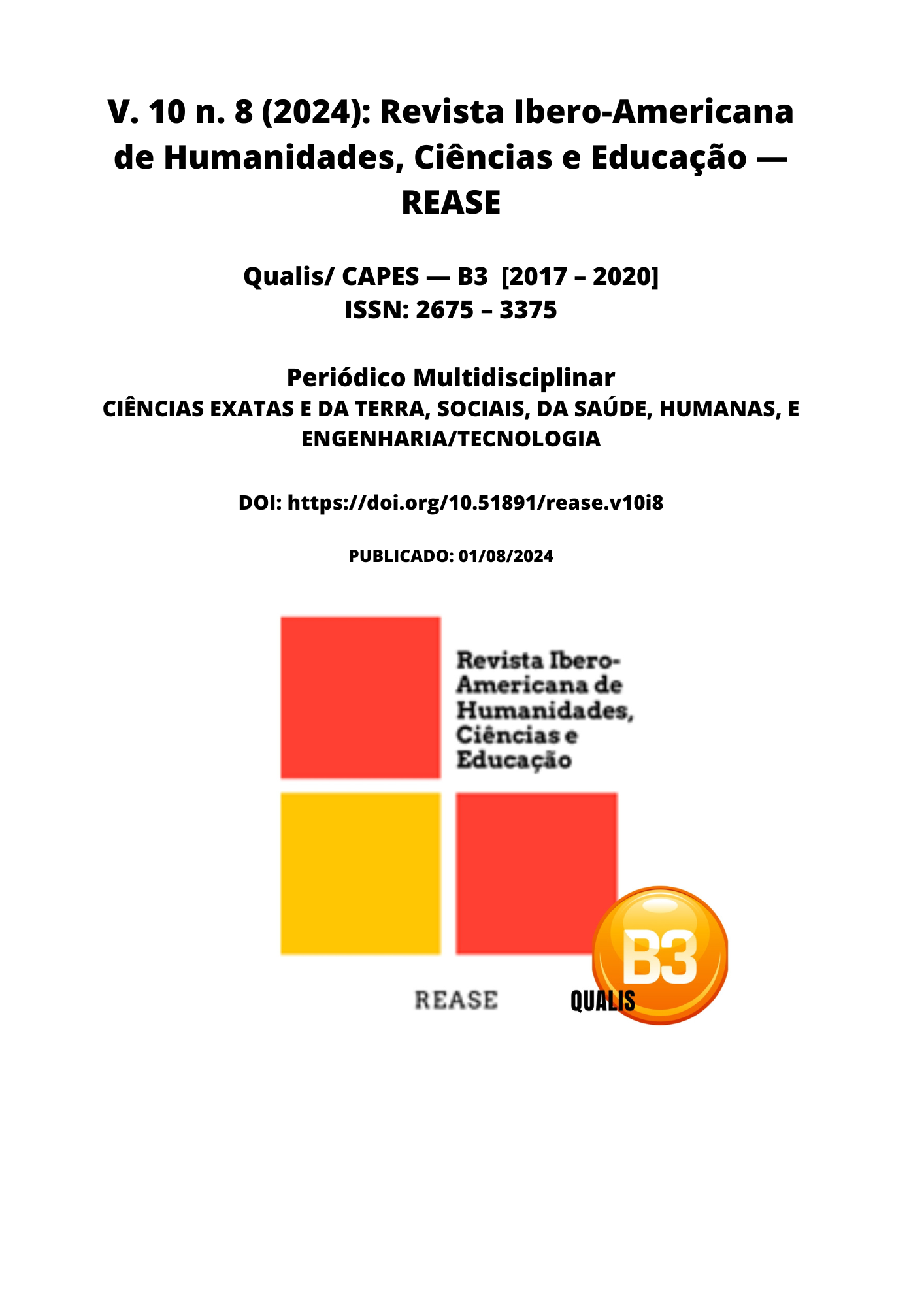PORTABLE AND CONTINUOUS MONITORING DEVICES IN FETAL MEDICINE: TECHNOLOGICAL ADVANCEMENTS, CLINICAL APPLICATIONS, AND CURRENT LIMITATIONS
DOI:
https://doi.org/10.51891/rease.v10i8.15336Palavras-chave:
Fetal Medicine. Monitoring Devices. Non-invasive Techniques. Clinical Applications. Technological Advancements.Resumo
Fetal medicine has witnessed significant advancements with the development of portable and continuous monitoring devices. These devices offer a promising alternative to traditional methods, often intermittent and limited to hospital settings. This narrative review explores the technological advancements, clinical applications, and current limitations of portable and continuous monitoring devices in fetal medicine. We conducted a comprehensive literature search using databases such as Scopus, Web of Science, PubMed, and ScienceDirect to identify relevant studies. The results highlight innovative monitoring systems, including wireless and flexible sensor networks, non-invasive fetal electrocardiography (NIFECG) devices, and telemetry systems. These devices have successfully monitored vital maternal and fetal signs, provided continuous and non-invasive monitoring, and improved patient comfort and mobility. However, current technological limitations, such as signal quality issues, motion artifacts, performance variability, design constraints, and environmental and maternal factors, still impact their effectiveness and clinical applicability. The discussion emphasizes the potential of these devices to revolutionize fetal medicine by offering more accurate and less invasive surveillance, particularly in high-risk contexts. However, continuous advancements in device development are necessary to overcome the identified limitations and improve accuracy, usability, and clinical acceptance. Integrating portable and constant monitoring devices into clinical practice can potentially enhance maternal and fetal outcomes significantly.
Downloads
Downloads
Publicado
Como Citar
Edição
Seção
Categorias
Licença
Atribuição CC BY

